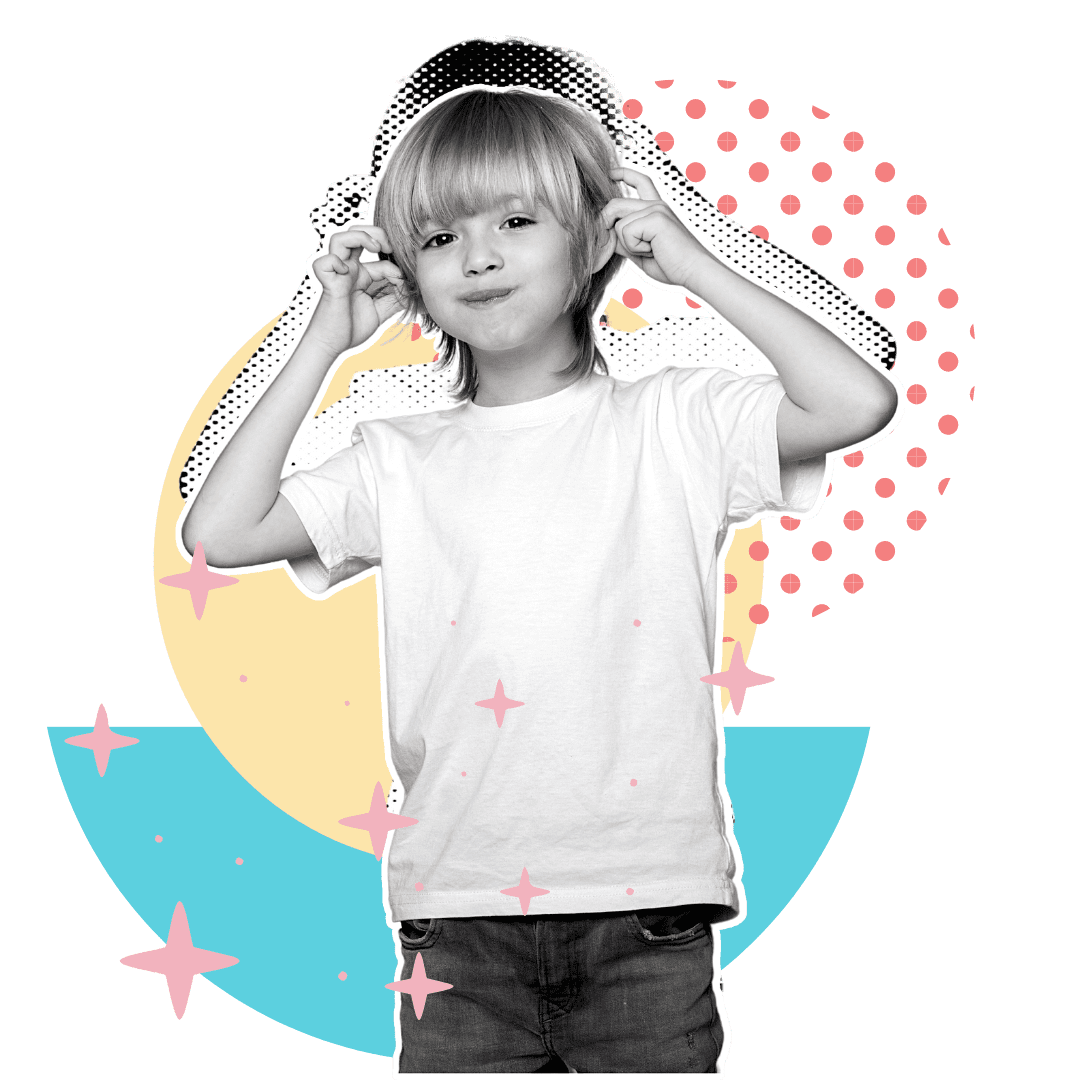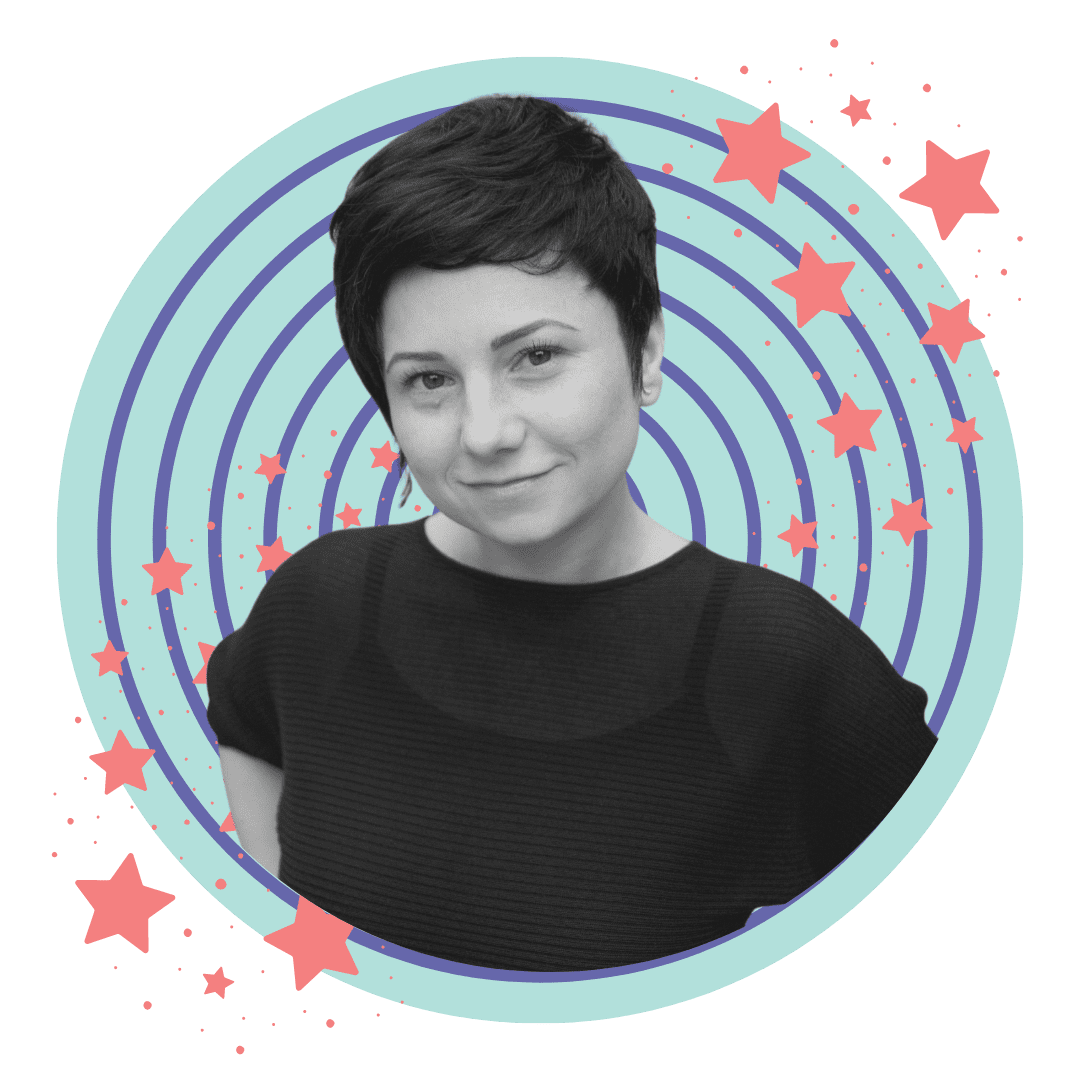When a child complains of discomfort, we sometimes wonder the best way to address this situation without medication. Not that all medicine is wrong or not helpful, but for kids, trying a non-invasive approach first might be an excellent choice.
Children do suffer from headaches. Specific physicians study headache medicine, making it the entire focus of their practice. By 15, nearly 75% of children will have experienced at least one headache, with many having recurring headaches. While several factors may contribute to the causes of childhood headaches, it might be as simple as a genetic link. Children who have parents with headaches are more likely to experience symptoms themselves.
While headaches are not enjoyable for any age, childhood headaches are linked to school absences and behavioral problems, indicating a more significant health problem. It is crucial to understand why headaches happen, how to help a child deal with them, and when to consult a physician.
What Causes Childhood Headaches?
Headaches are defined as “…pain or discomfort in the head or facial structures.” Most headaches are caused by changes in the surrounding blood vessels, muscles, or infection in the surrounding tissues. Blood vessels are contracting, stiff neck and shoulder muscles from growing pains, and conditions of the eye, ear, teeth, or sinuses are common indicators. Other factors that influence childhood headaches include; not enough sleep, dehydration, stress, using the computer, iPad, or TV for too long, changes in hormone levels, loud music, strong odors, food allergies, and drinking too much caffeine.
What are the Common Types of Childhood Headaches?
There are several childhood headaches, including sinusitis, migraine, muscle contraction, cluster (or vascular headaches), environmental pollution headaches, and depression headaches.
10-15% of children with chronic sinusitis experience recurring headaches, often present with pain or discomfort around the eyes and forehead. While the pain is more commonly centered on the face rather than resonating from the head, the sinuses are often tender to touch. Postnasal drip, congestion, and allergies usually go hand in hand with this type of headache.
Do Children Have Migraines?
Migraine headaches are present in some children. Usually, they start during the early school years, and are more commonly seen in adolescent females. Pain is frequently described as pounding, throbbing pain on one or both sides of the head, which increases over time, usually lasting hours or days. Visual sensitivity, and upset stomach, including nausea and vomiting, are common alongside migraines. Interestingly, a family history of migraines is present in almost 80% of cases of children who experience migraines.
Muscle contraction headaches, or tension headaches, are the most common type of childhood headache and are often caused by emotional factors. These headaches are described as constant pressure and a dull or aching sensation; they differentiate themselves from migraines because they do not commonly include nausea or vomiting.
Similar to migraines, muscle contraction headaches are also seen more frequently in girls than boys.
Cluster, or vascular, headaches are usually seen in older, predominately male adolescents and commonly include eye pain and nasal congestion. The pain is quite severe, experienced at night, may last an hour or more, and does not usually include stomach upset. True to its name, cluster headaches typically occur in groups or “clusters.”
Do Depressed Children Have Headaches?
Many depressed children may complain of a severe headache that lasts for days or even longer. This type of headache can be compulsive due to worrying or obsession.
What Can We do to Help Treat a Child’s Headache?
Parents are often advised to have their children lay in a dark, quiet room with a cool cloth over the forehead or eyes.
For toddlers, it may be hard to recognize that the child has a headache, much less be able to get them to lie down and rest. However, more research shows that massage and touch therapy (given by parents or professionals) can help reduce the pain and prevalence of headaches.
In almost all childhood headaches, stress and anxiety are factors in the onset or occurring during the headache.
How does Touch Therapy Help Relieve Headaches?
Stress is considered the most common factor reported to trigger headaches in children and adolescents. Massage and touch therapy can be an easy, non-invasive, inexpensive, and effective anti-stress method when used by healthcare professionals and family members to address a child’s stress, which may decrease their headaches.
For example, a study focused on twenty-six adults with migraine headaches reported fewer distress symptoms, less pain, more headache-free days, and fewer sleep disturbances. They showed an increase in serotonin levels after receiving two 30-minute massages per week for five consecutive weeks.
It’s important to note that many headaches begin at night, leading to reduced sleep, which can fuel the headache or cause recurrence. Massage has been found to help children fall asleep quicker and sleep more soundly and for a more extended period. Sufficient sleep and the use of massage and nurturing touch can significantly improve mood. Several studies of children who received a 20-minute massage twice a week showed immediate improvement in their attitudes and longer-term behavioral improvement in the classroom. Interestingly enough, they also reported feeling happier than peers who participated in the relaxation therapy program instead of the massage sessions.
Adding pediatric touch therapy to provide relaxation, stress reduction, and pain management as a preventive measure for childhood headaches is an excellent addition to the health care routine.

